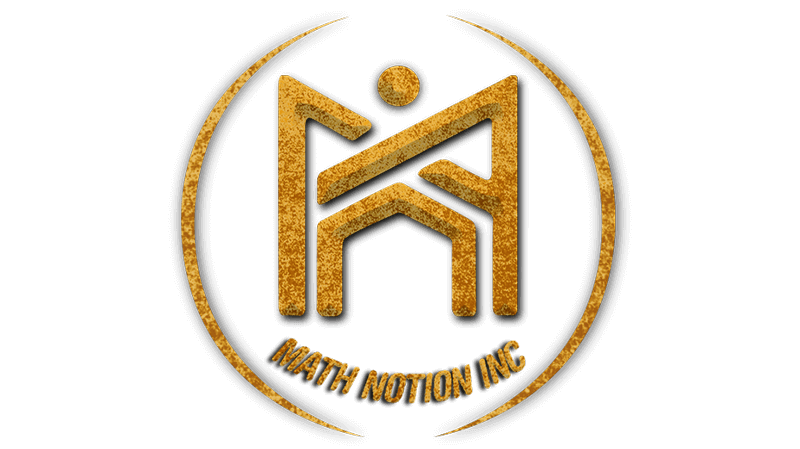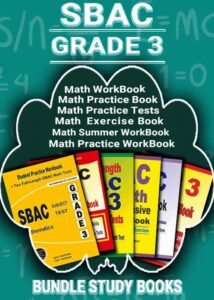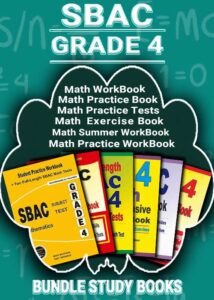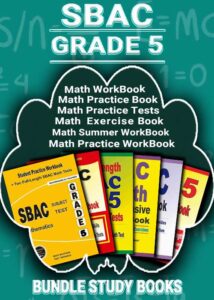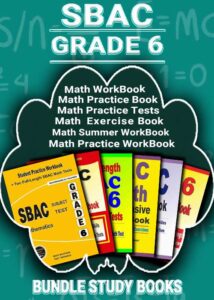
Study Time: 3minutes
What is the Highest SBAC Score?
Understanding the highest SBAC score and what it signifies is essential for students, educators, and parents aiming to interpret the results accurately. The Smarter Balanced Assessment Consortium (SBAC) is a standardized testing program to evaluate K-12 students’ English Language Arts (ELA) and Mathematics proficiency. This article explores the highest possible score on the SBAC, the scoring process, and the implications of high scores for student achievement.
Understanding SBAC Scoring
The SBAC assessments measure students’ abilities in critical academic areas and ensure they are on track for college and career readiness. The scores are reported using a scale that includes various performance levels, each indicating a different degree of proficiency. Achieving the highest score on the SBAC demonstrates exceptional understanding and mastery of the tested subjects.
Scoring Range
The SBAC uses a scaled scoring system that varies slightly depending on the grade level and subject. Each assessment is scored on a scale of around 2000 to 3000 points. This range allows for fine student performance distinctions across grade levels and content areas.
Performance Levels
SBAC scores are categorized into four performance levels:
- Level 1: Standard Not Met
- Level 2: Standard Nearly Met
- Level 3: Standard Met
- Level 4: Standard Exceeded
Each performance level represents a range of scaled scores. Students achieving a Level 4 score are considered to have exceeded the standards, demonstrating advanced understanding and skills.
Highest Possible Scores
While the exact highest possible score can vary, it generally falls within the upper end of the scale (close to 3000 points). Achieving the maximum score indicates a student has exceptional proficiency and mastery in the tested subject area.
Significance of High Scores
Academic Achievement
High scores on the SBAC indicate strong academic performance and a deep understanding of the subject matter. Students who score at the highest level have shown they can apply their knowledge effectively and think critically about complex problems.
College and Career Readiness
One of the primary goals of the SBAC is to assess whether students are on track for success in college and their careers. High scores suggest that students possess the skills necessary for post-secondary education and the workforce, including critical thinking, problem-solving, and effective communication.
Educational Opportunities
Students with high SBAC scores may have access to advanced academic programs and opportunities. These scores can enhance college applications and may qualify students for scholarships and other academic recognitions.
Interpreting SBAC Scores
Score Reports
SBAC score reports provide detailed information about student performance, including scaled scores and performance levels. These reports break down the scores into specific domains and claim areas, offering insights into strengths and areas for improvement.
Growth and Progress
In addition to assessing proficiency, SBAC scores can track student growth and progress. By comparing scores from different years, educators and parents can identify trends in student performance and make informed decisions about instruction and support.
FAQs
What is the highest possible score on the SBAC?
The highest possible score on the SBAC generally falls within the upper end of the scaled range, close to 3000 points, depending on the grade level and subject.
What do the SBAC performance levels indicate?
The SBAC performance levels indicate different degrees of proficiency: Level 1 (Standard Not Met), Level 2 (Standard Nearly Met), Level 3 (Standard Met), and Level 4 (Standard Exceeded). Level 4 represents the highest level of proficiency.
How can high SBAC scores benefit students?
High SBAC scores indicate strong academic performance and readiness for college and careers and can provide access to advanced academic programs, scholarships, and other educational opportunities.
How are SBAC scores reported?
SBAC scores are reported using scaled scores and performance levels. Detailed score reports break down performance into specific domains and claim areas, providing insights into student strengths and areas for improvement.
How can SBAC scores track student progress?
By comparing SBAC scores from different years, educators and parents can track student growth and progress, identify trends, and make informed decisions about instruction and support.
What skills do high SBAC scores reflect?
High SBAC scores reflect strong critical thinking, problem-solving, and effective communication skills, indicating that students are well-prepared for post-secondary education and the workforce.
Achieving the highest score on the SBAC is a significant accomplishment, reflecting exceptional proficiency in the tested subjects. Understanding the scoring system and the implications of high scores can help students, educators, and parents make the most of the assessment results. By striving for excellence and using SBAC scores to guide educational decisions, students can enhance their academic journeys and prepare for future success.
